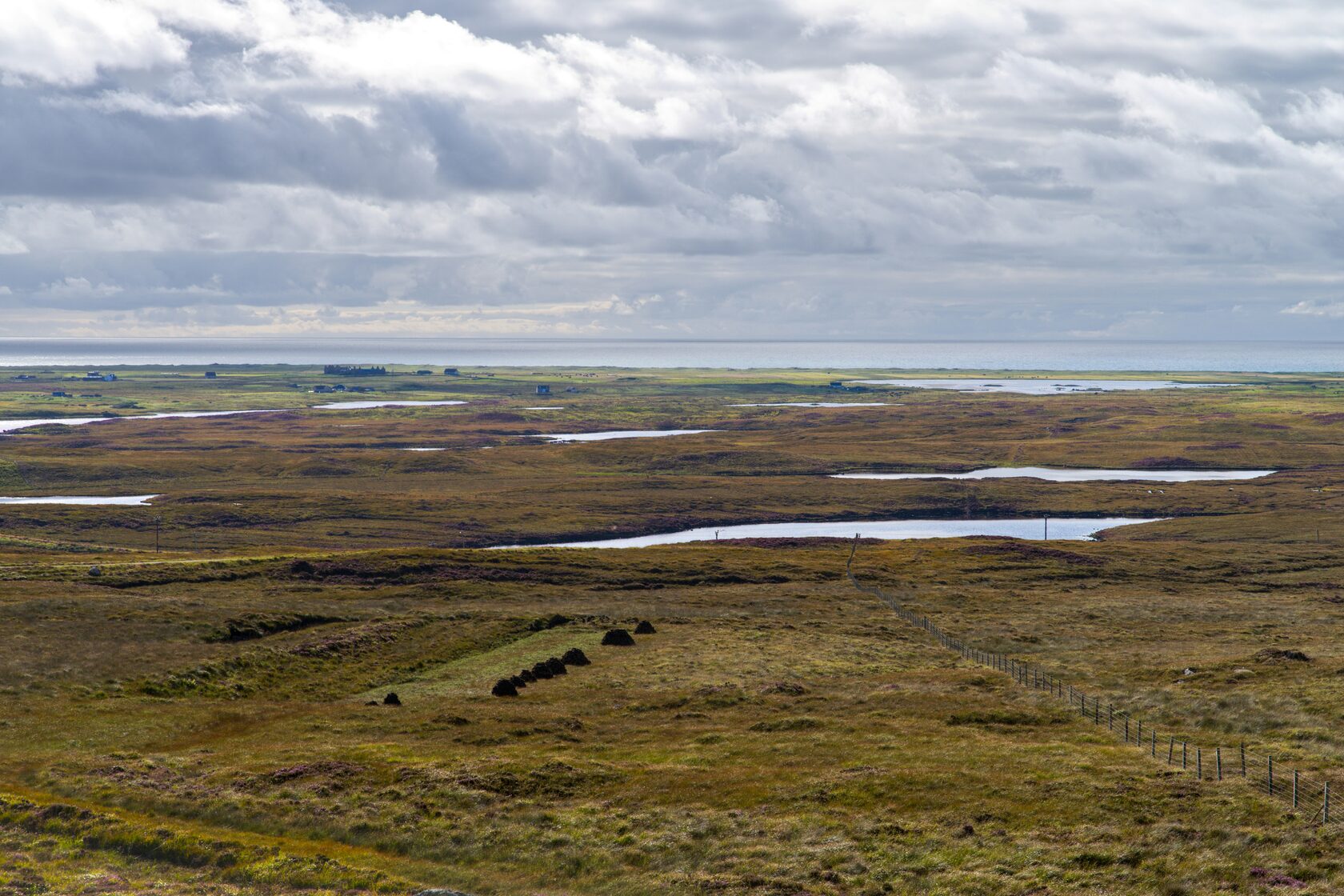Peatland Management: CarbonSpace’s Solution to a Carbon Accounting Challenge
December 2024
By Ellen Young
December 17th, 2024
Peatlands, often described as "nature's carbon storehouses," are critical in mitigating climate change by storing vast amounts of carbon in their waterlogged soils. Covering only 3% of the Earth’s land surface, peatlands store twice as much carbon as all the world’s forests combined. Beyond their climate role, these ecosystems support unique biodiversity and water regulation functions, making their preservation essential for both environmental and socioeconomic well-being.
However, their remote and challenging terrain makes traditional measurement methods impractical, posing a significant challenge for businesses seeking to invest in restoration activities while complying with increasingly stringent climate regulations.
However, their remote and challenging terrain makes traditional measurement methods impractical, posing a significant challenge for businesses seeking to invest in restoration activities while complying with increasingly stringent climate regulations.
The Challenge of Peatland Carbon Accounting
Accurate carbon accounting of peatlands is crucial for businesses to meet regulatory requirements and demonstrate their commitment to sustainability.
However, traditional methods, like soil sampling, are time-consuming, expensive, and often limited in scope.
Traditional methods are particularly ill-suited for peatland measurement because:
All these complexities result in challenges for carbon accounting, affecting the accuracy, consistency, and transparency of measurements and calculations. Addressing these issues requires scalable, remote technologies like CarbonSpace, which provide ecosystem-level data at regular intervals, unlocking the potential for reliable monitoring and verification.
CarbonSpace’s Approach to Peatland Monitoring
CarbonSpace is developing a robust solution to address the challenges of peatland carbon accounting. CarbonSpace will enable you to:
Take the Next Step With CarbonSpace
By partnering with CarbonSpace, you can overcome the challenges of peatland carbon accounting and unlock the full potential of these vital ecosystems. Whether you’re working on compliance, restoration, or carbon offset projects, CarbonSpace provides the tools and data to make informed, confident decisions.
Our peatland solutions are currently in development. Get in touch today to explore how our digital MRV platform can enable your projects.
Accurate carbon accounting of peatlands is crucial for businesses to meet regulatory requirements and demonstrate their commitment to sustainability.
However, traditional methods, like soil sampling, are time-consuming, expensive, and often limited in scope.
Traditional methods are particularly ill-suited for peatland measurement because:
- Accessibility Issues: Peatlands are often located in remote or difficult-to-access areas, making field sampling logistically challenging and costly.
- Depth and Complexity: Peat layers can extend several meters below the surface, making it difficult to measure carbon stocks accurately without introducing errors across multiple carbon pools.
- Ecosystem Sensitivity: Peatlands are highly sensitive to changes in temperature and precipitation, which affect decomposition rates and emissions. This leads to seasonal variations that traditional methods struggle to capture reliably.
- Environmental Impact: Traditional sampling methods risk damaging fragile peatland ecosystems during field visits, further highlighting the need for non-invasive technologies.
- Lack of Baseline Data: Peatlands are under-researched regions with limited historical data, complicating efforts to establish baselines for comparison and analysis.
All these complexities result in challenges for carbon accounting, affecting the accuracy, consistency, and transparency of measurements and calculations. Addressing these issues requires scalable, remote technologies like CarbonSpace, which provide ecosystem-level data at regular intervals, unlocking the potential for reliable monitoring and verification.
CarbonSpace’s Approach to Peatland Monitoring
CarbonSpace is developing a robust solution to address the challenges of peatland carbon accounting. CarbonSpace will enable you to:
- Measure With Accuracy: CarbonSpace’s ecosystem-level measurements bypass the need to measure individual carbon pools. This presents a unique benefit for deep peatland systems, which is to overcome the accumulation of errors across multiple carbon pools.
- Monitor Changes Over Time: CarbonSpace’s remote, digital MRV solution allows for monitoring at regular intervals. Get monthly timesteps so you can confidently monitor your investments and account for the seasonality and changing ecosystem behavior of your peatland projects.
- Support Decision-Making: CarbonSpace’s digital solution can be scaled to new sites instantly, allowing for scalability across your portfolio of projects. You can’t manage what you can’t measure, and CarbonSpace gives you the data and the tools to invest in peatland restoration with confidence.
Take the Next Step With CarbonSpace
By partnering with CarbonSpace, you can overcome the challenges of peatland carbon accounting and unlock the full potential of these vital ecosystems. Whether you’re working on compliance, restoration, or carbon offset projects, CarbonSpace provides the tools and data to make informed, confident decisions.
Our peatland solutions are currently in development. Get in touch today to explore how our digital MRV platform can enable your projects.

Photograph: Lee Scott / Unsplash

